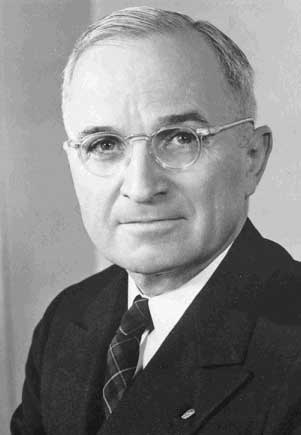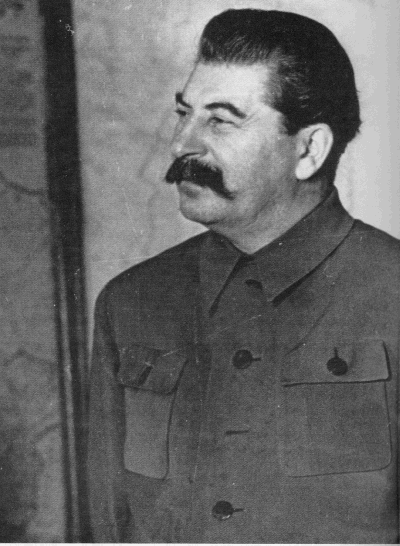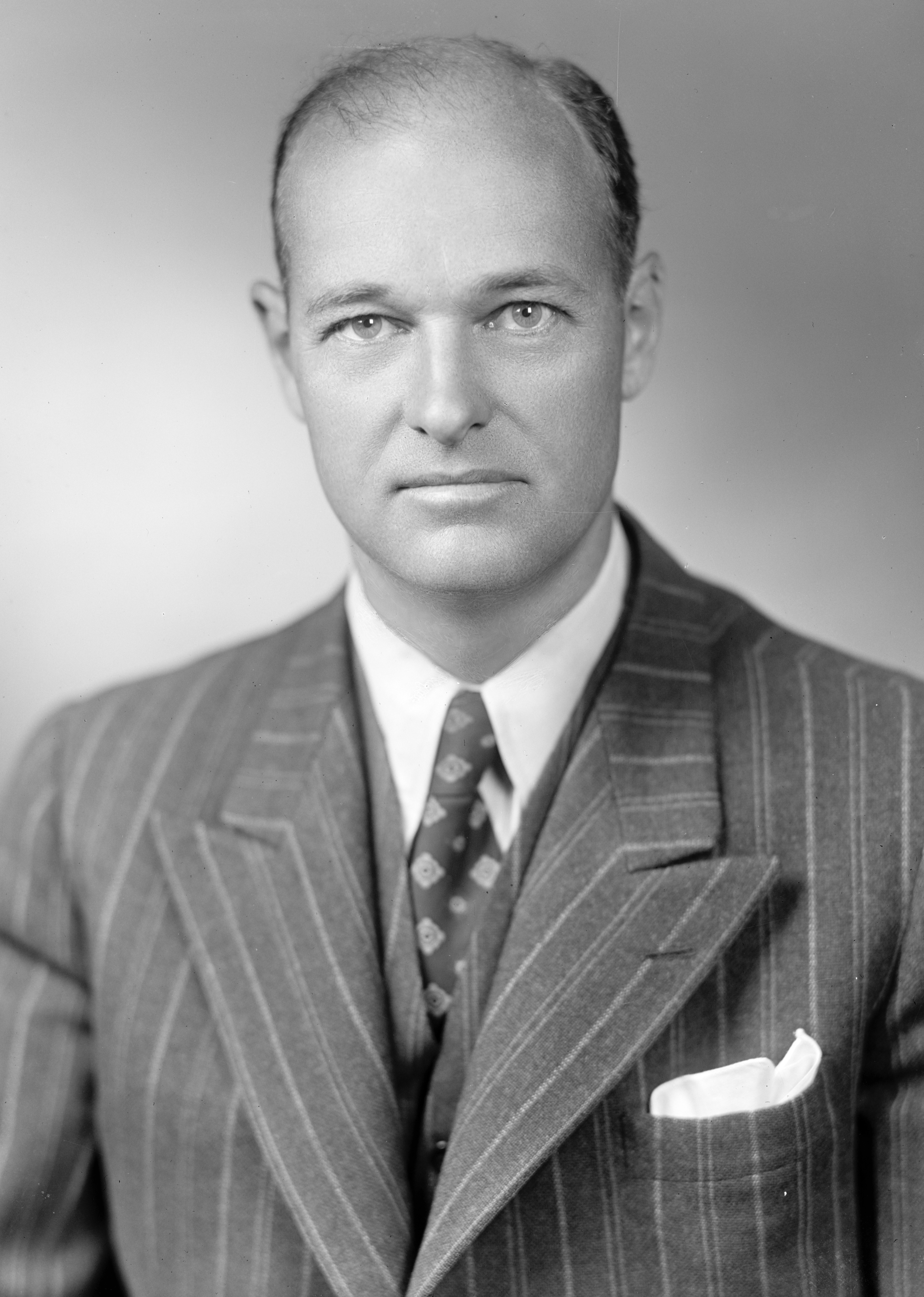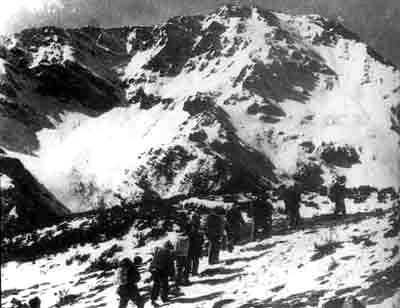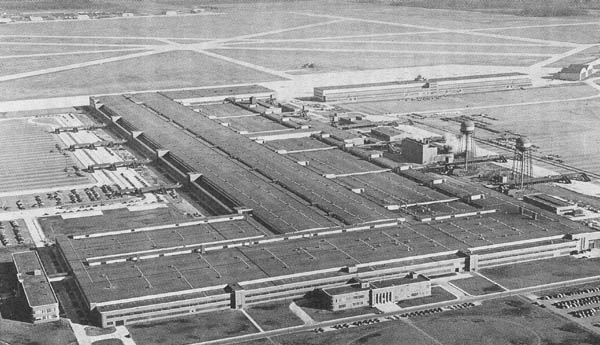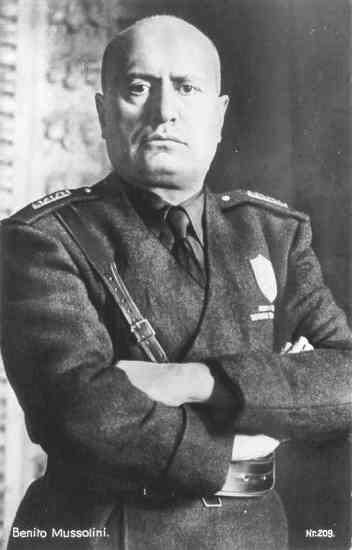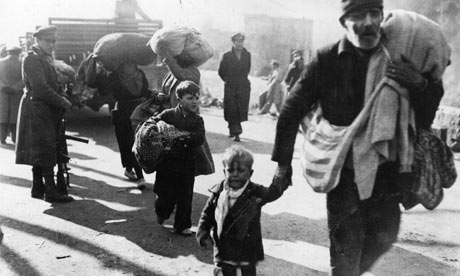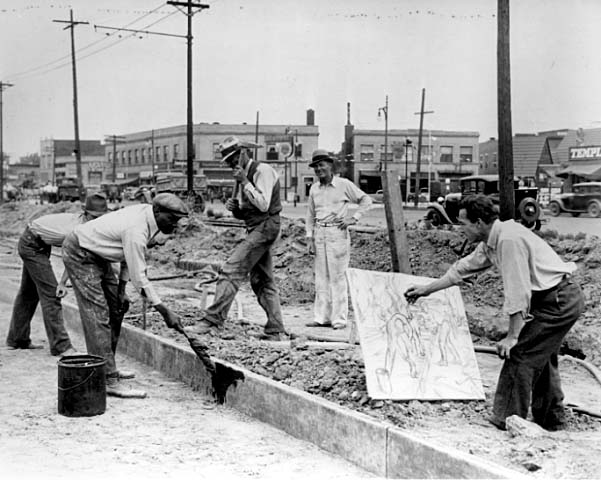I)
Works Projects (Progress) Administration (WPA) 1935-1942
A) Productive jobs – WPA employees saw themselves as workers and citizens, not welfare cases; workers received nearly double to rate of pay of workers on earlier programs (although, at FDR’s insistence, still below the rate of the private sector, so that no one would be tempted to live on government largess), and they were exchanging their labor for money, just as they had during their employment in the private sector
B) 8,000,000 people put to work during the life of the life of the program
1) Toledo – Anthony Wayne Trail, Toledo Zoo
2) Cleveland – numerous bridges, Memorial Stadium
3) The Ohio State guide series
C) Popular Culture and the New Deal
1) Art
(a) Murals – numerous murals were painted in public buildings, inspired by Mexican muralists like Diego Rivera and Jose Clemente Orozco (local examples include the Perrysburg Post Office and various buildings at the Toledo Zoo).
2) Federal Writers Project
(a) State guides – government funded “guides” were produced for each of the 48 states; larger cities also got their own guides.
(b) Slave narratives
(c) Narratives of immigrants and cowboys, as well
3) Federal Music Project
(a) Created 34 symphony orchestras
(b) Sponsored numerous dance bands
(c) Collection of folk music (Alan Lomax)
4) Federal Theater Project – perhaps the most controversial of the federal projects
(a) Living newspaper – writers and actors collaborating to produce drama out of recent news, and dramatizing current events.
(b) Ethnic theater groups – Yiddish, Spanish language.
5) Photography – not strictly WPA; photographers were also hired by the Department of Agriculture, and particularly the Farm Security Administration. The photographers often were able to publish their photographs in popular magazines of the day. When viewing these photographs today, one should keep in mind that these photographers were hired to take photographs by government agencies, in the expectation that these materials would help the government build its case for specific government programs.
6) Cultural forces outside of government
(a) Woody Guthrie
(b) John Steinbeck – Grapes of Wrath and Of Mice and Men
(c) Warner Brothers Studio – the unofficial house studio of the New Deal; Jack Warner was FDR’s main supporter in Hollywood, outside of the acting and production talent.
7) Screen Actors Guild – although established earlier, the Screen Actors Guild becomes more of a force to be reckoned with during this time period (in fact, a second banana actor named Ronald Reagan begins a second career when he rises to the presidency of the organization in the 1950s).
II) Social Security Act (1935) – now synomomous with an old age pension, the program encompassed much more than this at its inception; it was an attempt to build a European-style welfare state, with cradle-to-grave coverage.
A) Help for the elderly
1) Immediate aid – a whopping $15 a month
2) Federal pension financed by payroll tax split evenly between workers and employers
B) Unemployment insurance – administered at the state level, which meant that compensation was higher in the north than in the south; the program was meant to counteract the insecurity caused working families caused by temporary layoffs.
C) Political, rather than fiscal, issue – because the program was supported by a tax paid by workers and employers (for whom the workers produced a profit), workers felt that they had “earned” benefits, which made it appear to them (and some of the more conservative elected officials who represented them).
D) Aid to Dependent Children – granted on a monthly basis, after a social worker visited the family to ascertain their needs.
E) Racial Inequalities – as the potential for more non-whites began to receive these benefits, the benefits became more controversial.
1) Racial code of the Social Security Act – the act excluded, at the insistence of Southern legislators, agricultural workers and domestic servants—or about 60% of the African American workforce. Without this concession to southern legislators, however, it was doubtful of being passed.
2) Sharecroppers and farm laborers – excluded from benefiting from unemployment insurance, as well
3) Disparities in Aid to Dependent Children – families in Arkansas received approximately 1/8 of the total aid given to families in Massachusetts
F) Fair Labor Standards Act – ended ½ day on Saturdays as a usual workday, and made the 40-hour week standard nation wide; the FLSA also pegged the minimum wage to Southern wages of textile and lumber workers, in the hopes of eventually raising those rates.
G) Wagner Act – officially known as the National Labor Relations Act, but named for its Senate sponsor, Robert Wagner of New York.
1) Hoped to answer two problems
(a) Industrial unrest and social turmoil – as was seen in the labor actions in 1934
(b) Wage stagnation and under consumption – these two problems were seen by an increasing number of people in the New Deal as the reason for the Depressions grip on the economy of the country.
Presidential politics
III) 1936 Presidential election
A) Roosevelt Landslide – Roosevelt used a great deal of populist rhetoric in the election, calling the Republican Party “economic royalists” and “organized money.”
B) Roosevelt won 60% of the popular votes cast (greater than his victory over Hoover), and the electoral votes of every state except Maine and Vermont.
1) African American vote – by 1936, African Americans voted overwhelmingly in favor of FDR over the Republican standard-bearer, in a reversal over long-standing tendencies to vote for the party of Lincoln. This occurs, despite some discriminatory practices in New Deal programs, for several reasons.
(a) “Black Cabinet” – second level bureaucrats and black leaders outside of the administration who provided advice to the administration; these African Americans were particularly influential upon Eleanor Roosevelt.
(b)
Eleanor Roosevelt – when African American singer Marion Anderson was refused the use of the DAR Hall in DC to hold a concert, Eleanor R. resigned her membership in the organization, and arranged for Ms. Anderson to give her concert on the Mall, on the steps of the Lincoln Memorial.
IV) Rise of the CIO – initially these letters stood for the Committee for Industrial Organization; after the break away from the AFL, the organization became known as the Congress of Industrial Organizations.
A) Formed in the fall of 1935 – by unionists inside the AFL who believed that unions had to begin organizing workers by industry to begin combating the economic clout of large corporations.
1) John L. Lewis – president of the UMW; to this point Lewis was an autocratic leader (and he remained that in the UMW). Lewis’ change of heart was probably dictated by his unions inability to organize “captive” mines—that is, the mines owned by the steel companies
(a) Communist organizers – Lewis utilized numerous Communist and Socialist organizers in his drive, mainly because of their superior organizing results. When asked if he were concerned that these organizers might persuade workers to join these other organization, Lewis replied, “Who gets the pheasant, the dog or the hunter?”
B) Flint Sit-Down Strike (1936-1937) – in many ways, this strike was the defining moment for the early CIO, and certainly for the fledgling United Automobile Workers (UAW).
1) GM employed 80% of the Flint workforce at this time, either directly or indirectly, so the economic impact of the company on the community was huge, and the corporation could usually rely upon city government to be compliant with their wishes.
2) GM workers began strikes around the country in November and December of 1936.
(a) Toledo GM workers – had successfully struck the Chevrolet Transmission plant on Central Avenue in the spring of 1935, with hardly any violence; many Toledo union members had advocated asking other GM workers to go out on strike as well—in fact, a caravan drove to Flint. The AFL representative actively discouraged this action, however. The corporation responded by pulling out half the machinery in the plant over a Thanksgiving lay over, with a resultant loss in jobs.
(b) UAW plan – the leadership of the union planned to strike Fisher Body plants in Cleveland and Flint after the start of the year, when workers received a bonus from the corporation, and more labor-friendly administrations took office in Ohio and Michigan
3) The Sit-Down Strike – this tactic allowed a militant minority to shape events; by occupying the building, workers were able to ensure that their would be no scab replacements—and that the threat of attacks on the workers would be minimized because they were inside with all of the expensive machinery
(a) First utilized in Akron – this tactic was first used by tire workers in Akron, even if Flint workers get most of the credit
(b) Battle of Bulls Run (January 11, 1937)
(c) Workers seizure of Chevrolet Plant #2 forced GM to bargaining tabl
B) Roosevelt Recession – FDR’s lack of ideology comes back to haunt him; because he was not a true believer in Keynesian economics (explain Keynesian economics), FDR’s lack of ideological commitment to his New Deal Programs led him to cut government spending just as the economy was beginning to recover. Roosevelt was never comfortable with the sizable deficit that his government was running; with his sizable victory in 1936, he decided to greatly reduce spending in 1937, with disastrous results.
1) Keynesian Economic Theory – the belief that the role of government was to use government spending to regulate the country’s economy; in times of economic distress, this meant “priming the pump” by raising expenditures, even if this meant deficit spending.
2) Economic recession – the Roosevelt Recession probably contributed most to the disenchantment towards Roosevelt, and the gains by conservatives in the elections in 1938.
3) Political backlash
(a) Reaction to “packing” the Supreme Court – a reactionary court had ruled against Roosevelt policies in numerous cases to this point; FDR advocated being enabled to nominate an additional justice for each one over the age of seventy-five (which would have added four additional justices to the bench); both Republican and many Democrats claimed Roosevelt was attempting to become dictator. The public fallout here was probably less severe than the bad press this generated for the President.
4) Backlash against labor
(a) Monroe MI – Republic Steel private police force gassed SWOC headquarters and set fire to it.
(b) Youngstown – Gov. Davey, who labor had supported in the 1936 election, read the handwriting on the wall, and used the National Guard to protect and escort strikebreakers to another Republic Steel plant on strike in this city. Phil Murray, whom Lewis had appointed to head up the SWOC Little Steel organizing drive, called for FDR to assist in this crisis, which he refused to do; this was the beginning of the rift between Lewis and FDR.
(c)
Chicago Memorial Day Massacre – Republic Steel employees in Chicago on strike were rallying when Chicago police opened fire on the unarmed crowd, killing several; newsreel footage of this incident was withheld because officials feared it would be incendiary.
C) Temporary National Economic Committee – formed to study corporate power and obstacles to competition, with an eye to transforming the US economy
1) Reinvigoration of Antitrust Division in Justice Department
D) Political realities – the broad vision advocated the National Economic Committee lost out to efforts to regulate and stabilize the economy through tax measures and spending policies, rather than the redistribution of wealth and/or limiting corporate power
1) Greater corporate opposition – corporate executives lobbied strenuously against these timid efforts of greater regulation of the economy.
E) New Deal in the South
1) New Deal programs reinforced Southern hierarchy – rather than transcend social relations in the South (a difficult task), Roosevelt’s New Deal policies reinforced many of these social relations, leaving the southern aristocrats (heirs of the Bourbons) in control.
(a) Southern political power – fewer than 10% of the adult population voted in elections in Virginia and Mississippi, through the use of poll taxes and other means to keep voter turnout low, and southern aristocrats in control
2) 1938 Congressional Elections – in 1938, FDR attempts to jump start his New Deal programs by campaigning vigorously on the behalf of supporters—which did not include many old-line southern democrats or any Republicans.
(a) Failure of “realignment” plan – backlash from the worsening economic situation (the Roosevelt Recession), the political fallout from the court-packing proposal, and the apparent social unrest typified by the Flint Sit-Down Strike (and the hundreds of like-minded strikes that it inspired) probably doomed this plan to failure; without serious reform of the southern electoral system (see above), it had no chance of success in that region anyway.
3) Dixiecrat/Republican alliance – although they were not calling themselves Dixiecrats yet, southern Democrats often cooperated with Republicans after this election to stall New Deal programs.
II) Labor Divided – the success of the infant CIO inspired the AFL to begin a vigorous organizing campaign of its own; in fact, the AFL gained more members during this time period than did the CIO. Rather than cooperation between the two bodies, however, there was a great deal of animosity between leaders of the two bodies.
A) AFL/CIO rivalry
1) Raiding – both organizations set up rival unions to attempt to steal members that the other group had already organized; this allowed some employers to play rival groups against each other, to the detriment of rank-and-file members.
2) AFL attacks on NLRB – the AFL attacked decisions handed down by the National Labor Relations Board (which had been set up to adjudicate labor disputes arising from organizing drives, as well as disputes between unions and management) as favoring the CIO; this dispute finally forced Roosevelt to appoint new board members, who stressed the importance of stability and validity of craft union claims, which of course was the AFL’s position.
3)
House Committee on Un-American Activities (HUAC) – also known as the Dies Committee, after its chair; the un-American activities it was looking to root out were any kind of left-wing political activities, in particular Communism. Because the CIO leadership in a variety of unions was people by Communists, suspected Communists, and Communist “sympathizers,” which the more conservative leaders of the AFL hated anyway, they saw denouncing these leaders to the Dies Committee as a way of promoting their own causes.

